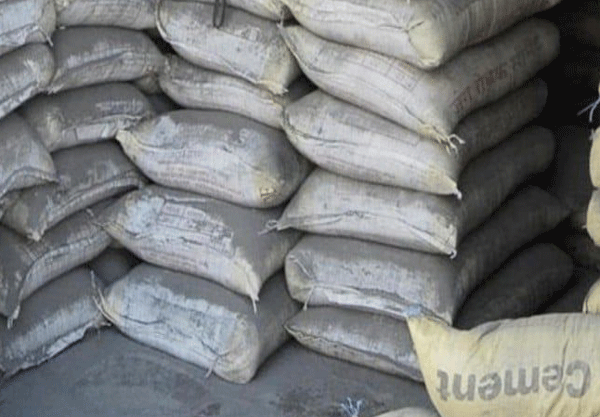Roop Lal Kaundal/ Mandi, Feb 6
Researchers at the Indian Institute of Technology Mandi have created an artificial structure/material that can make stealth vehicles and well as covert establishments less visible to the radar. This material can absorb a wide range of radar frequencies (signals), irrespective of the direction from which the radar signal hits the target. It can also be used to cover windows or glass panels of stealth vehicles and covert establishments that must be invisible to radar.
The results of this work is published in the journal, IEEE Letters on Electromagnetic Compatibility Practice and Applications, co-authored by Dr Shrikanth Reddy, Assistant Professor, School of Computing and Electrical Engineering, IIT Mandi and his team Dr. Awanish Kumar ( First Author) and Mr. Jyoti Bhushan Padhi.
IIT Mandi Researchers generate electrical energy from Household LED light sources
Radars are used in defence and civil sectors for surveillance, and navigation, to detect and track: aircraft, ships, ground vehicles, and movements within covert establishments. Being invisible to radar is a crucial defence strategy and the ability to evade radar detection can reduce the chances of being targeted by enemy weapons. Any technique that makes things invisible to radar can also be used in the commercial sector to reduce radiation leakages from buildings and make them more secure. For example, invisibility to radar can also be used in private or covert establishments for the protection of information and privacy.
RCS reduction is a way to make something less visible to radar – RCS stands for Radar Cross Section. RCS reduction is achieved by using materials that can absorb radar signals, or by shaping the object in a way that makes it difficult for radar to detect.
The research
Explaining the research, Dr G Shrikanth Reddy, IIT Mandi, said, “We have developed a technology based on Frequency Selective Surface (FSS) that absorbs a wide range of frequencies used in radar, which makes the surface invisible to radar.”
The proposed design uses an optically transparent ITO-coated PET sheet where the FSS patterns are created on this PET sheet. The FSS pattern on the PET sheet were created with the laser engraving technology, and due to symmetrical and lossy nature of FSS patterns, the proposed absorber is polarization insensitive and absorbs a wide range of EM wave frequencies with in in C, X and Ku Band.
IIT Mandi ranks 20, climbs 39 places in the Overall NIRF rankings 2022
Tests showed that this FSS technology can absorb more than 90% of the radar waves in a wide range of frequencies. The team performed experimental studies on their design and the results matched well with the theoretical analysis, verifying its effectiveness.
Further, Dr G Shrikanth Reddy, added, “This technology can be used on window or glass panels of stealth vehicles and covert establishments due to its optical transparent nature. The team has already developed a prototype and the results have been published in IEEE Journal. This technology has potential applications for RCS reduction and absorption of unwanted radiation leakages.”
Radar-absorbing materials play a crucial role in defence applications as they are used to reduce or eliminate the radar signature of military equipment, such as aircraft, ships, and vehicles. In addition, they can also be used to protect critical infrastructure such as communication towers, power plants and military bases from radar detection. This can prevent non-friendly entities from targeting important facilities during conflict.
IIT Mandi work highlights the importance of using advanced technology and materials in the development of radar-absorbing materials for defence applications.
Empower Independent Journalism – Join Us Today!
Dear Reader,
We’re committed to unbiased, in-depth journalism that uncovers truth and gives voice to the unheard. To sustain our mission, we need your help. Your contribution, no matter the size, fuels our research, reporting, and impact.
Stand with us in preserving independent journalism’s integrity and transparency. Support free press, diverse perspectives, and informed democracy.
Click [here] to join and be part of this vital endeavour.
Thank you for valuing independent journalism.
Warmly,
Vishal Sarin, Editor








